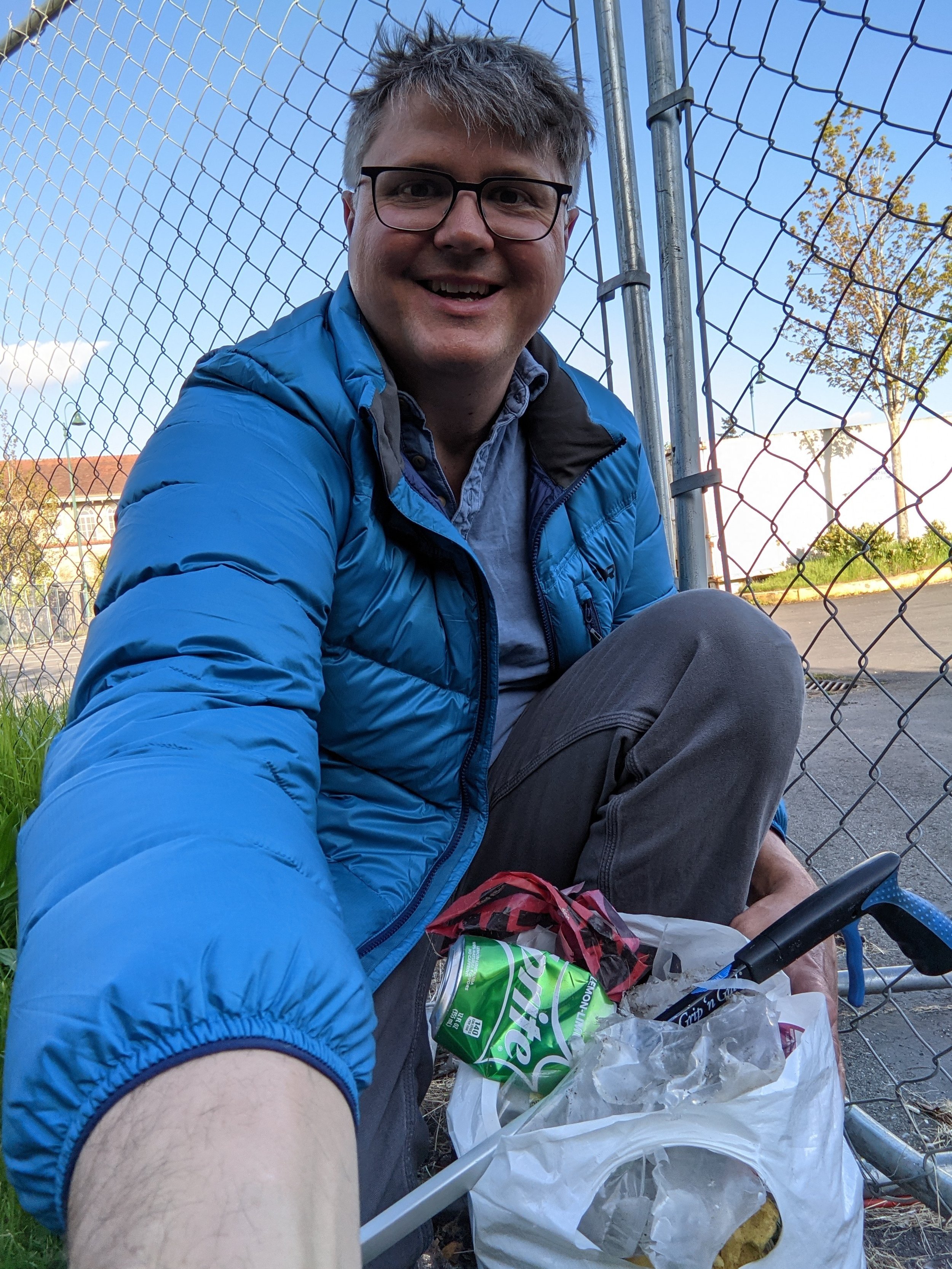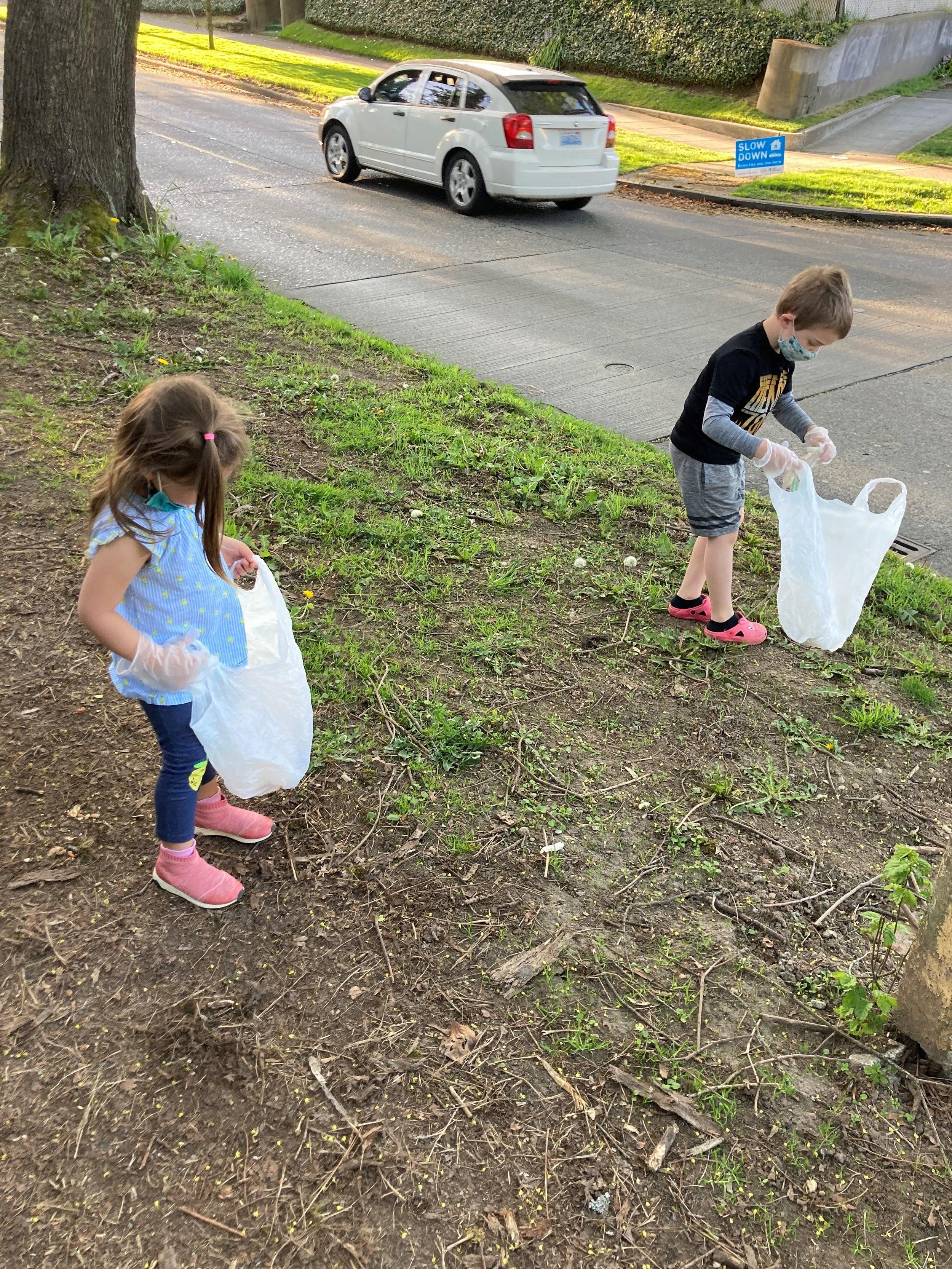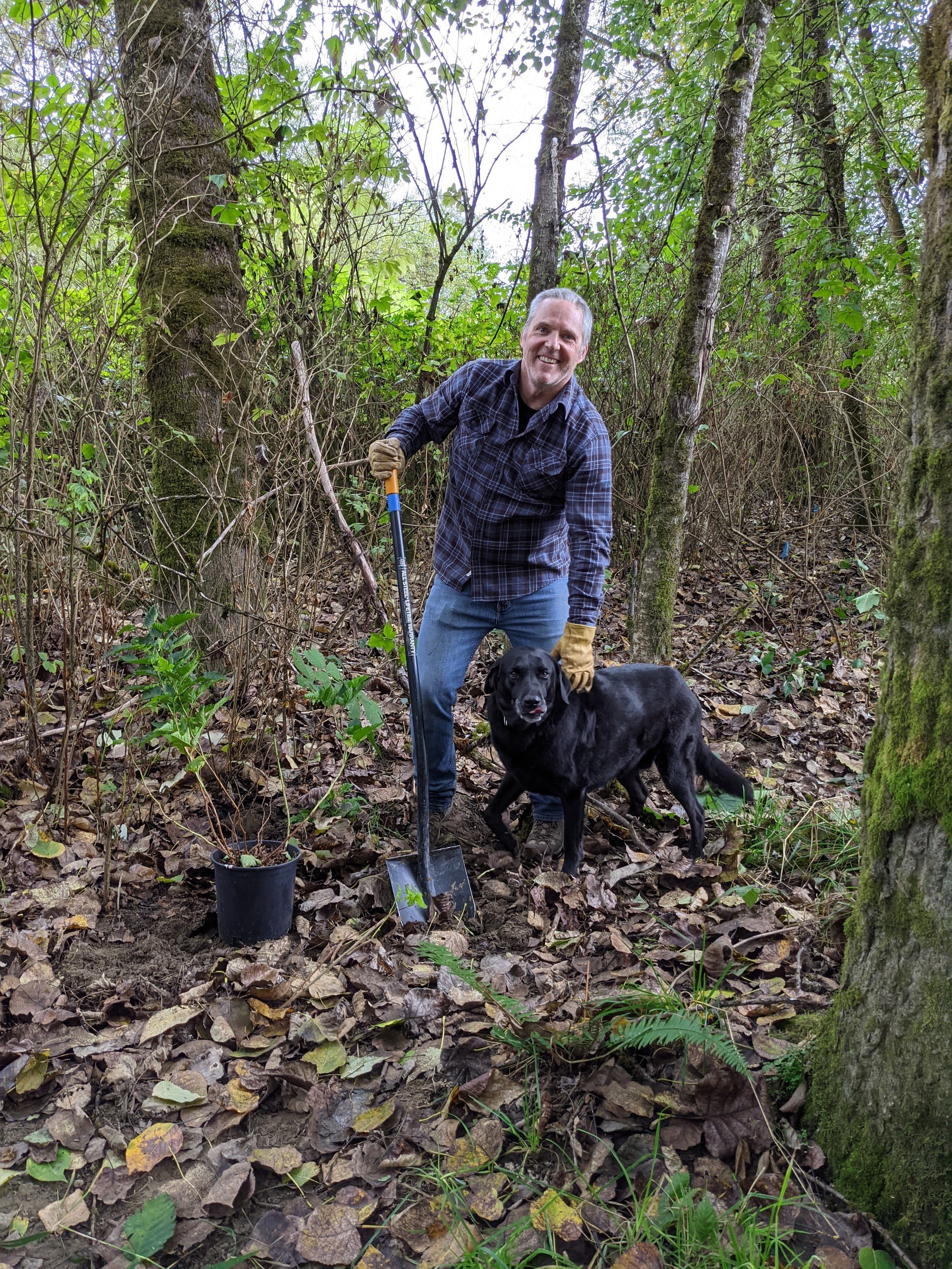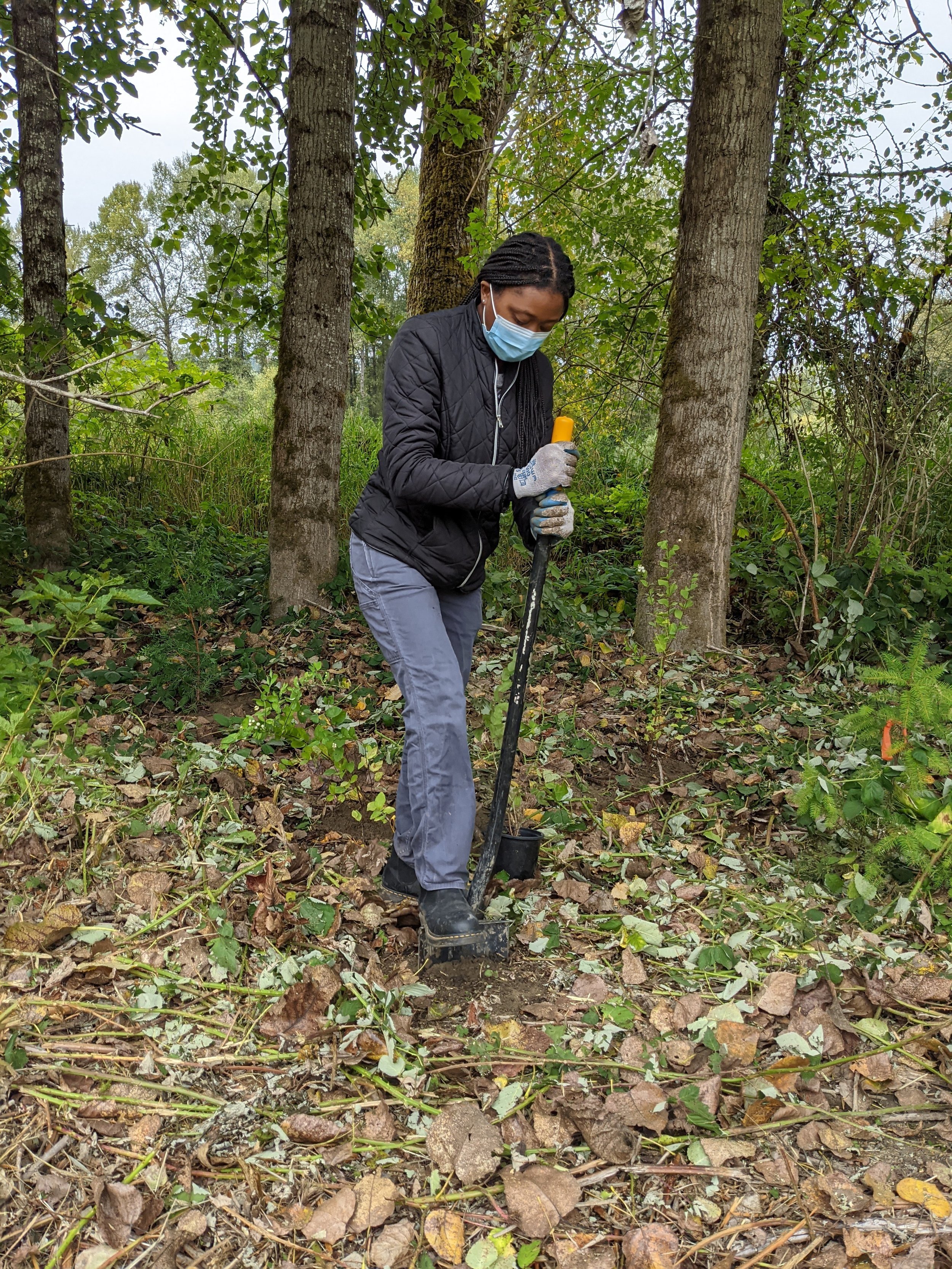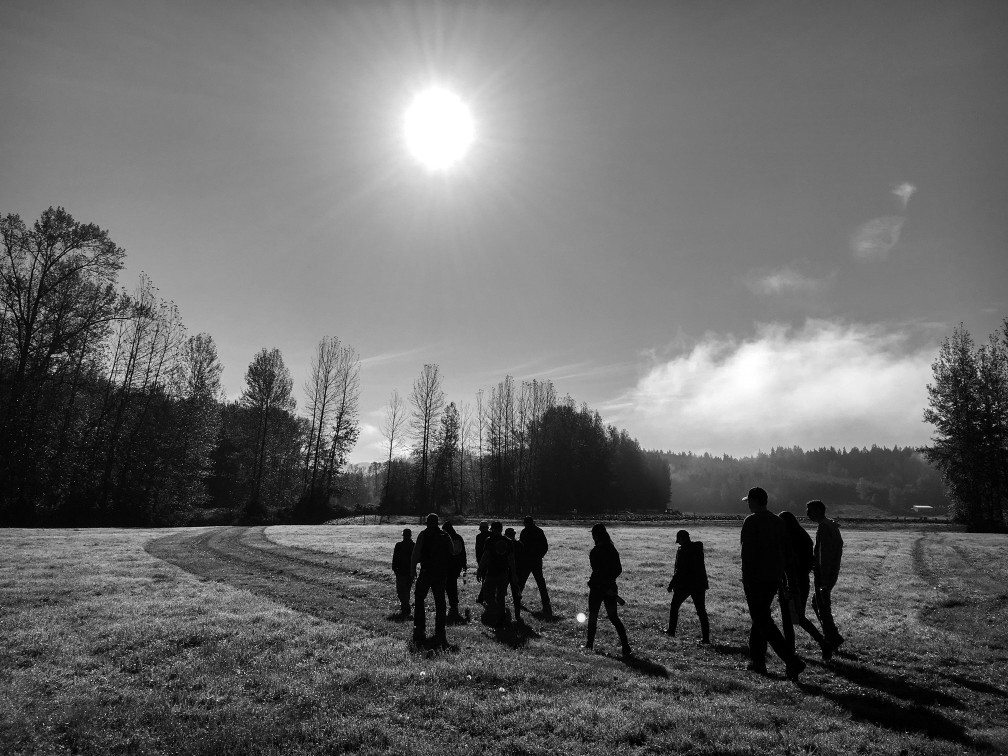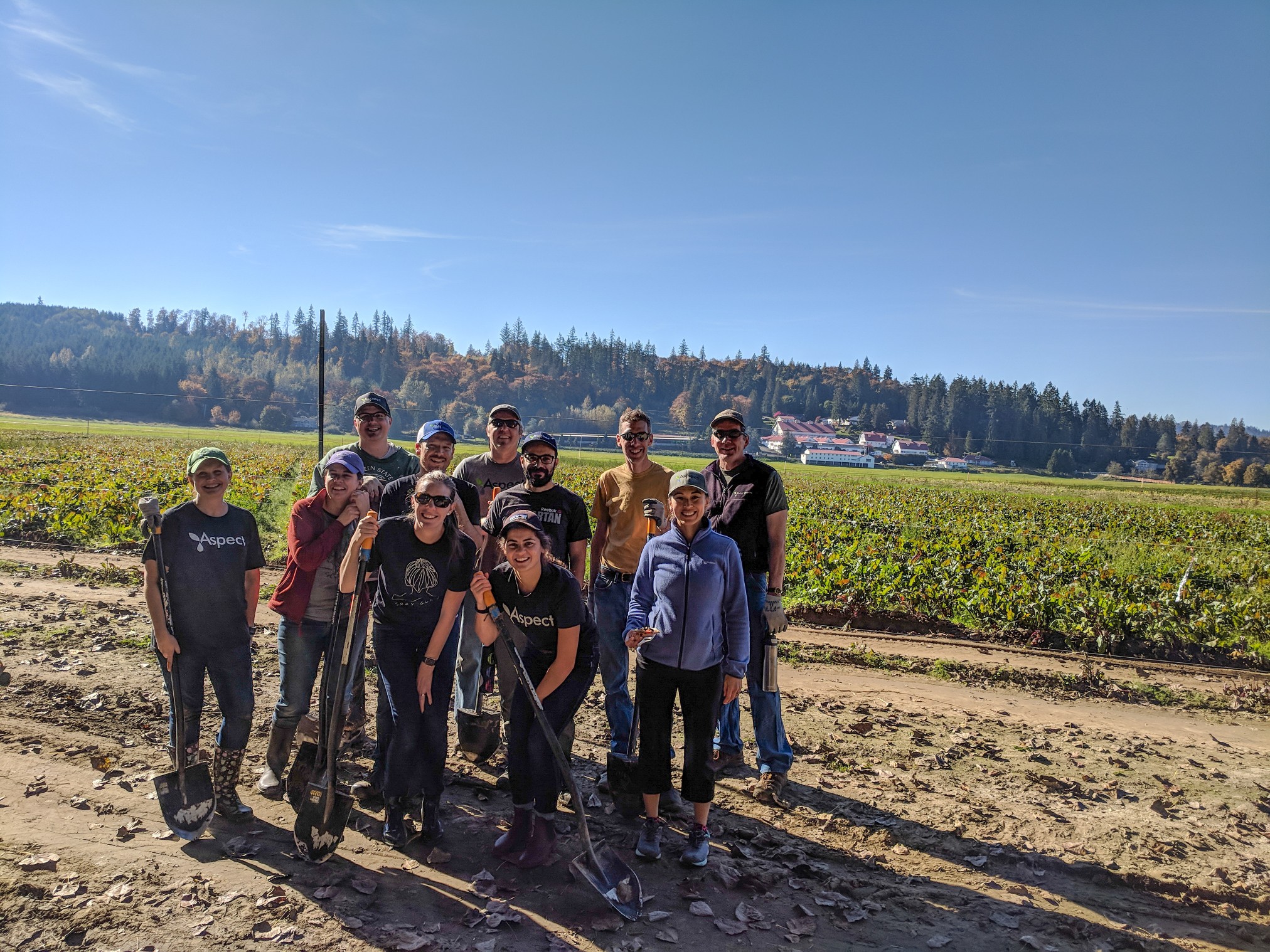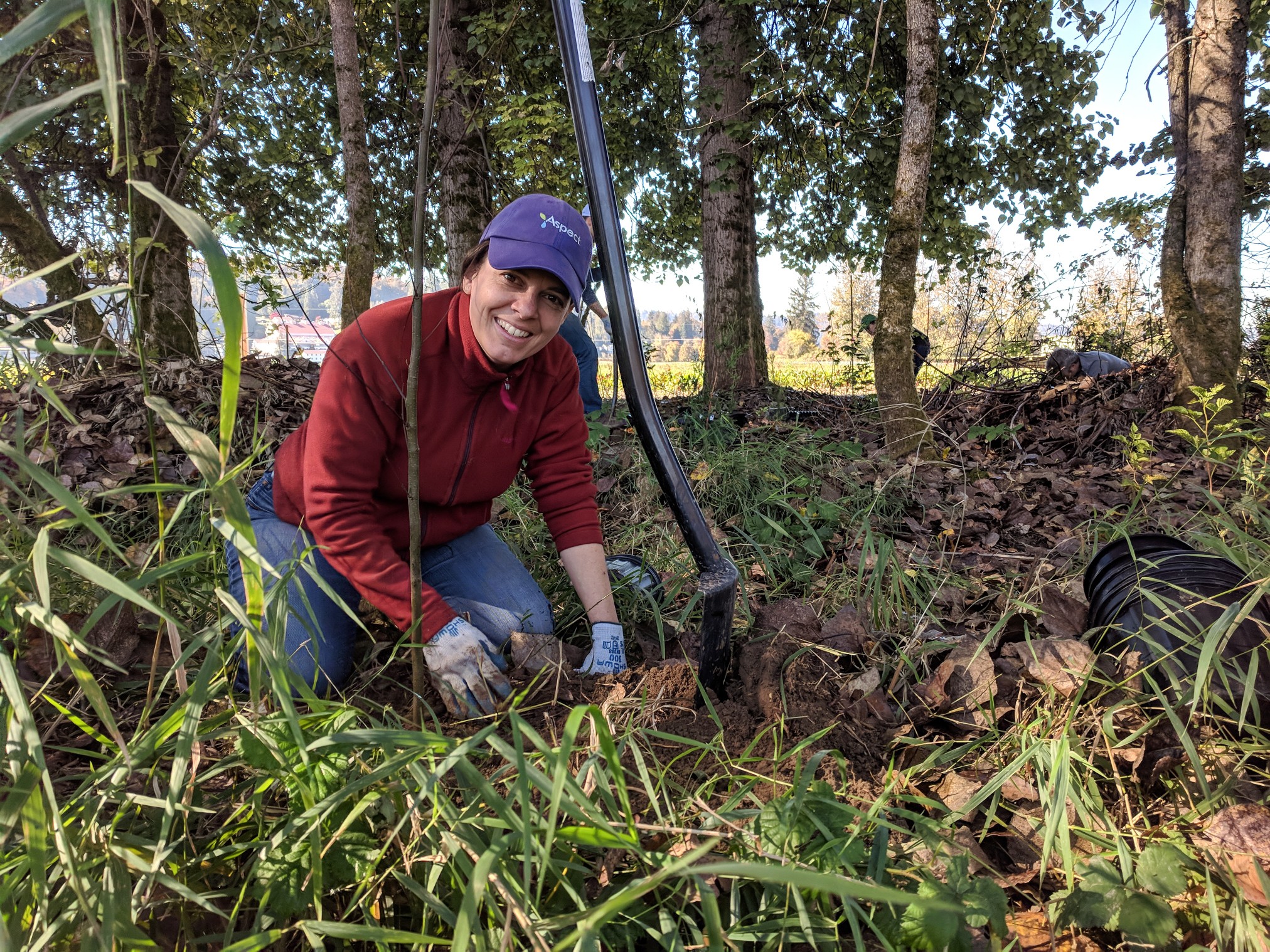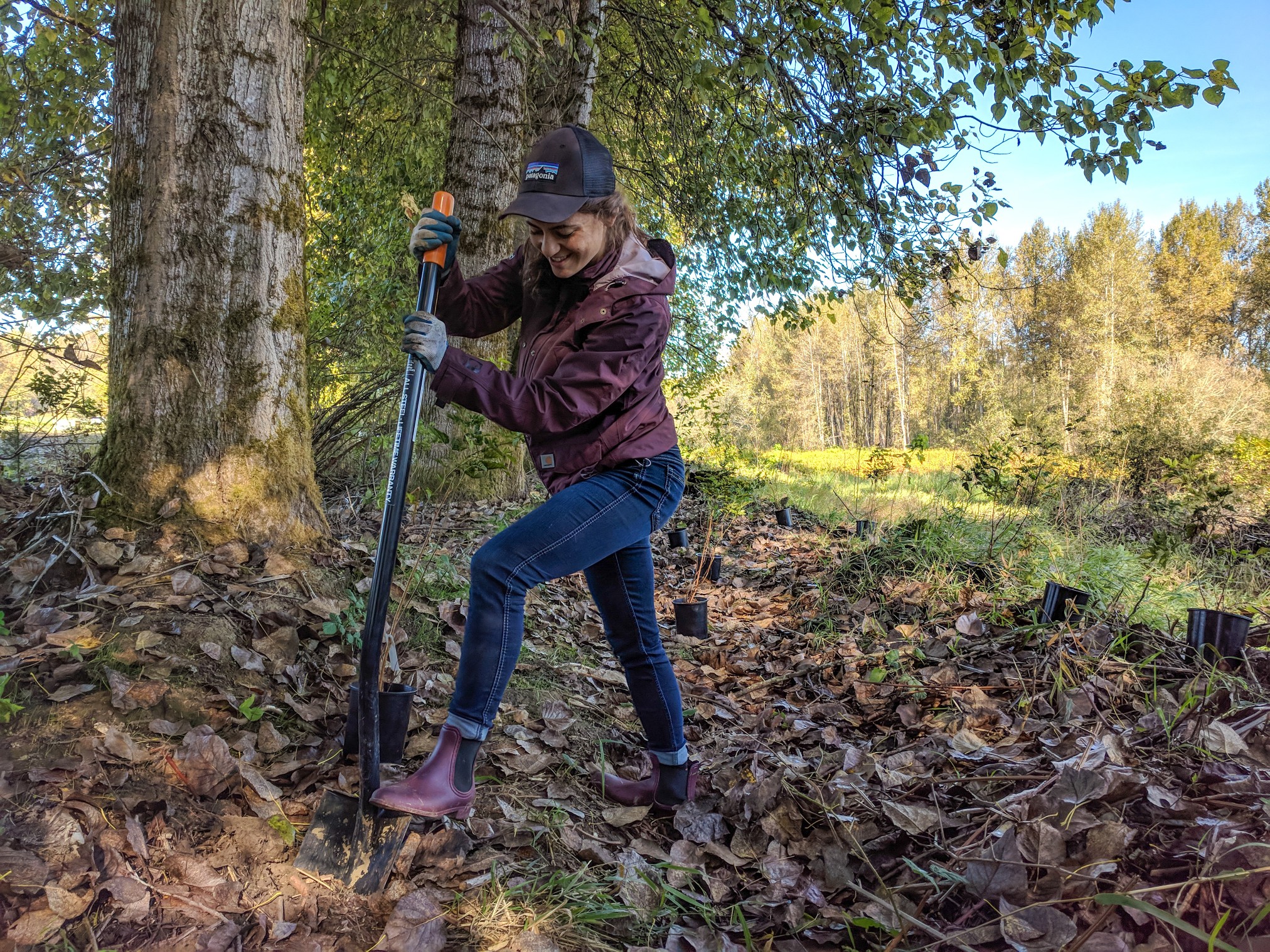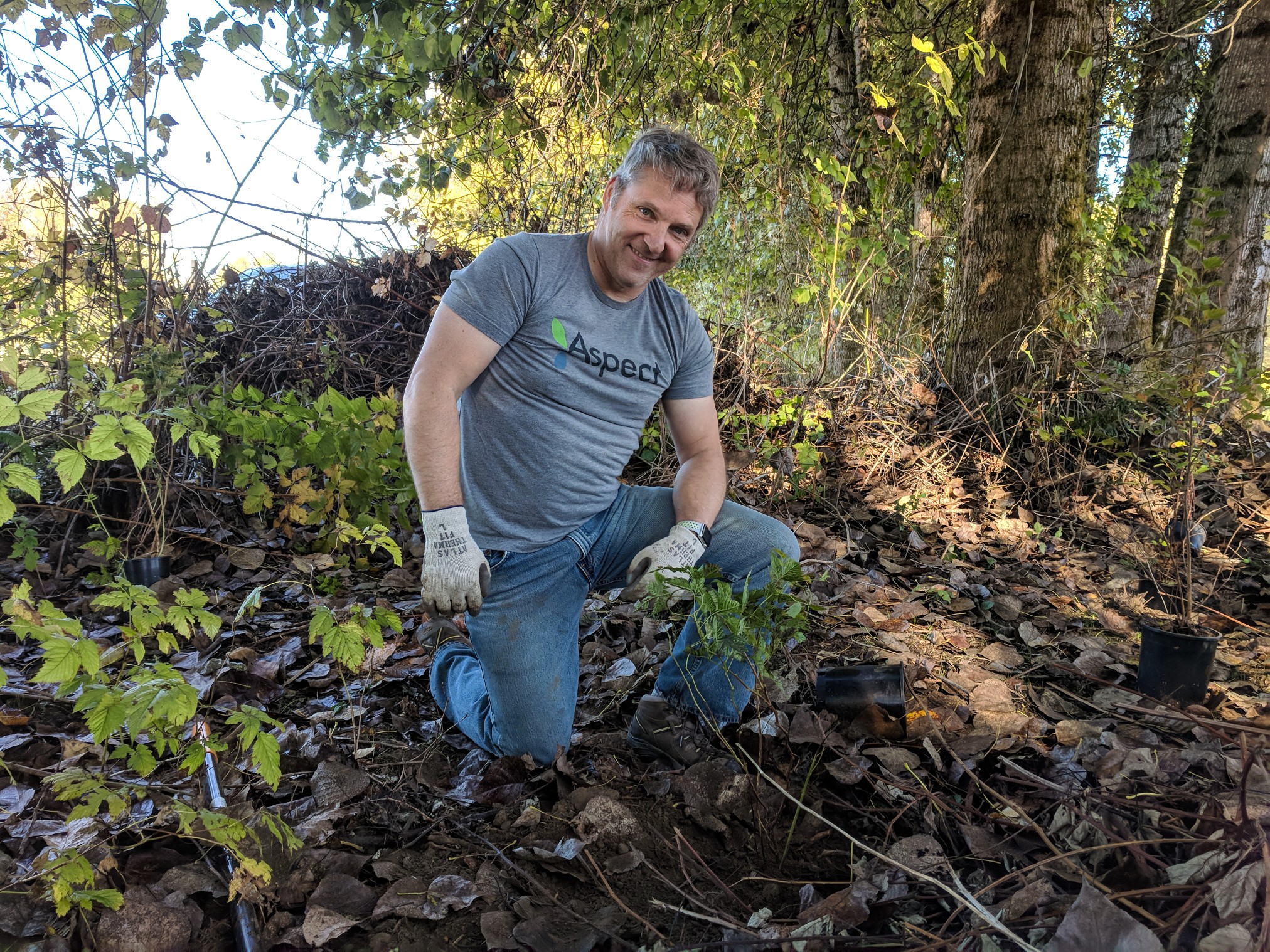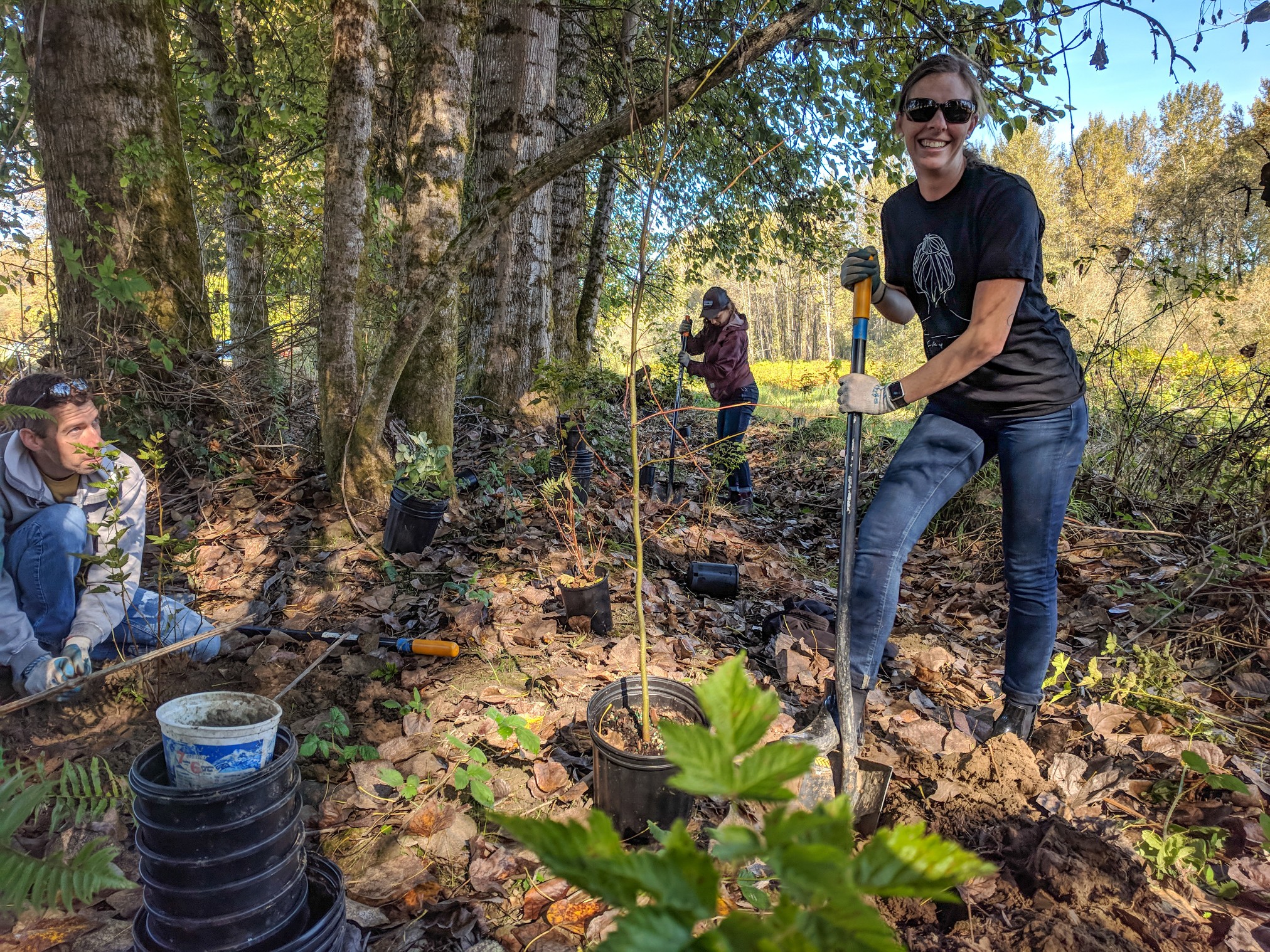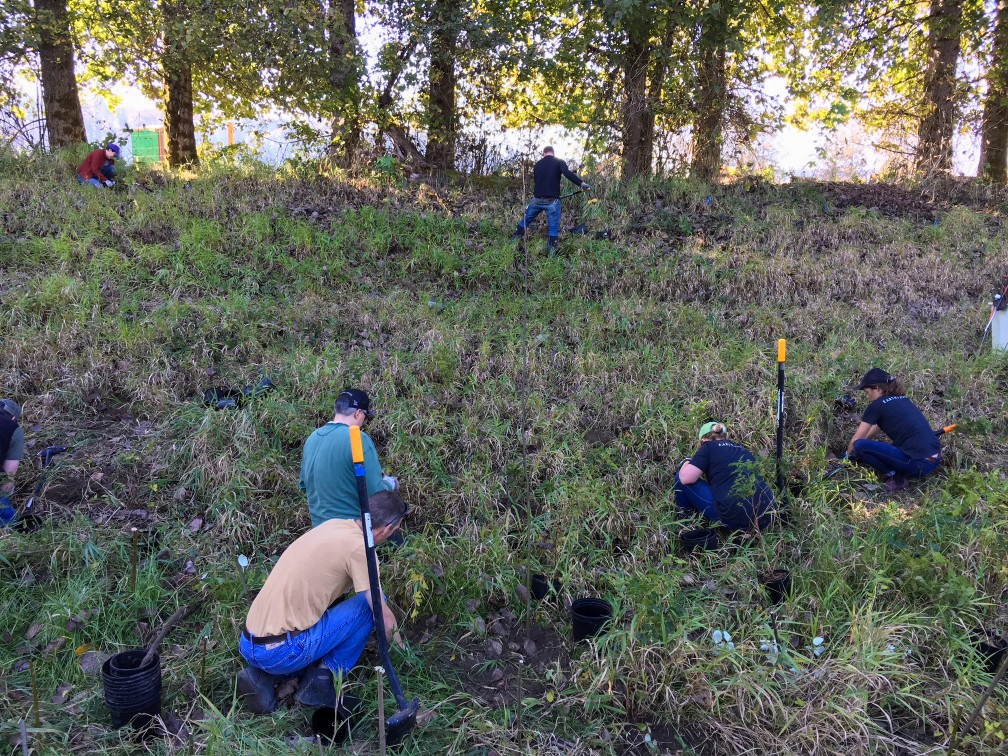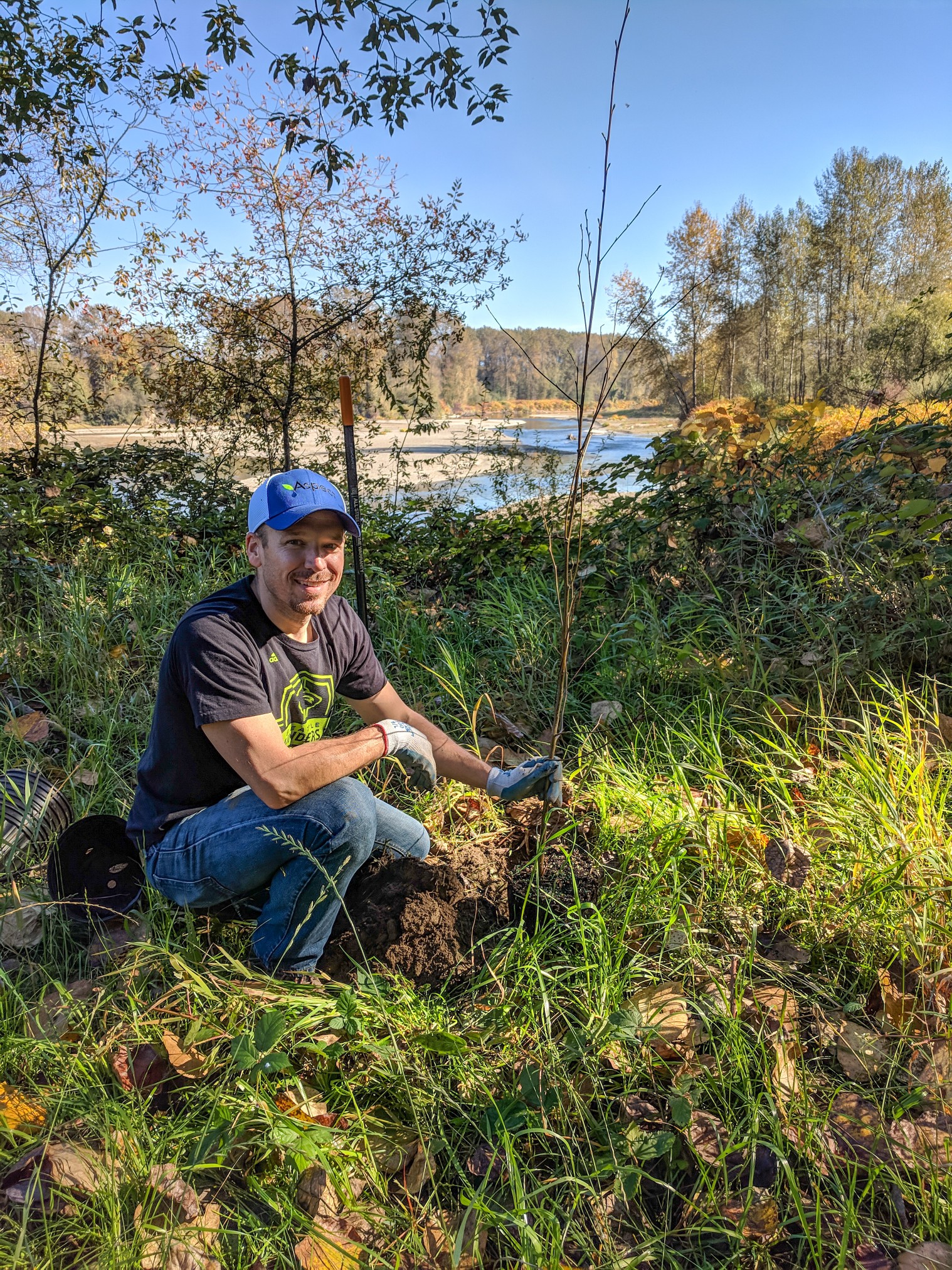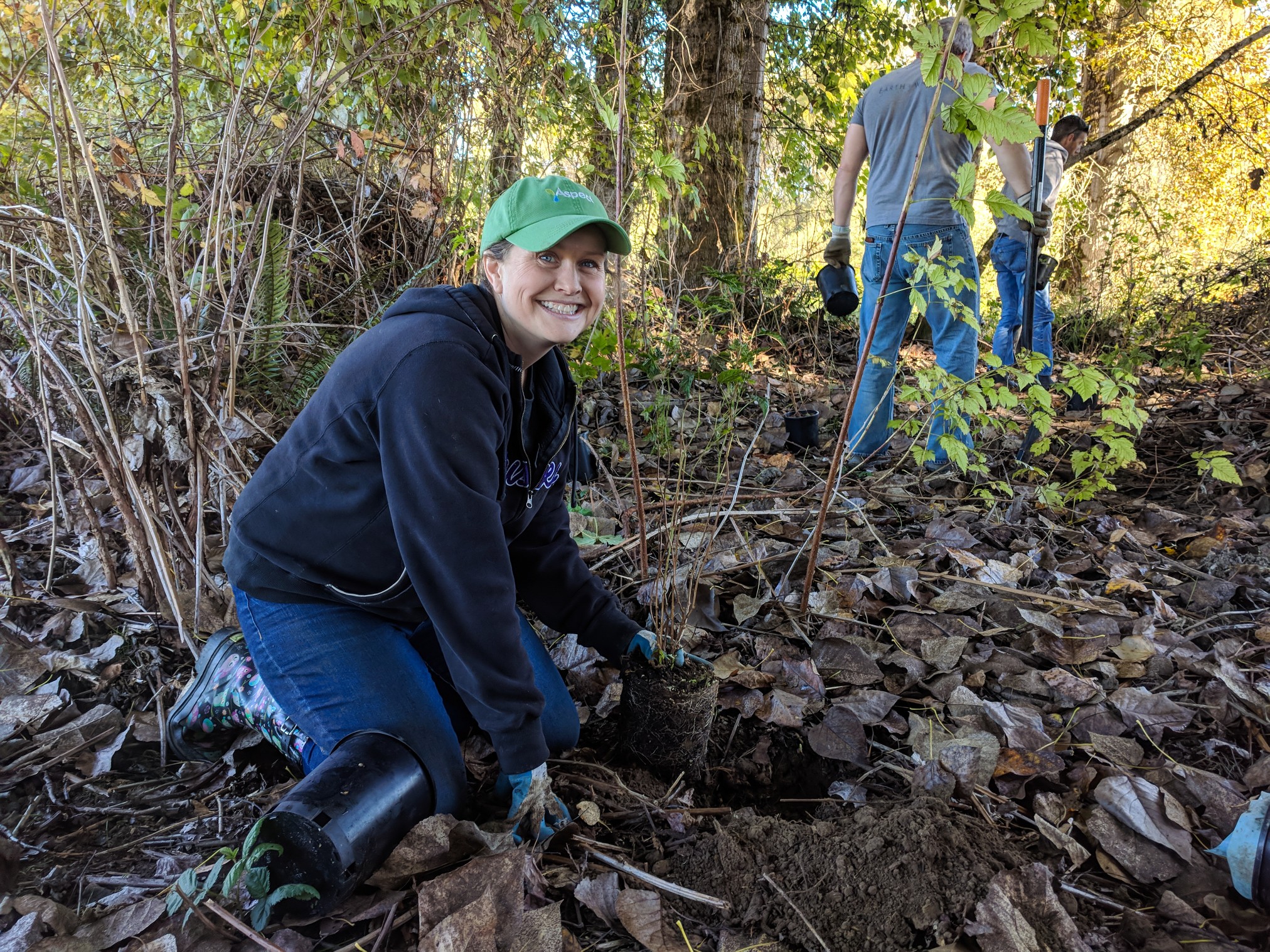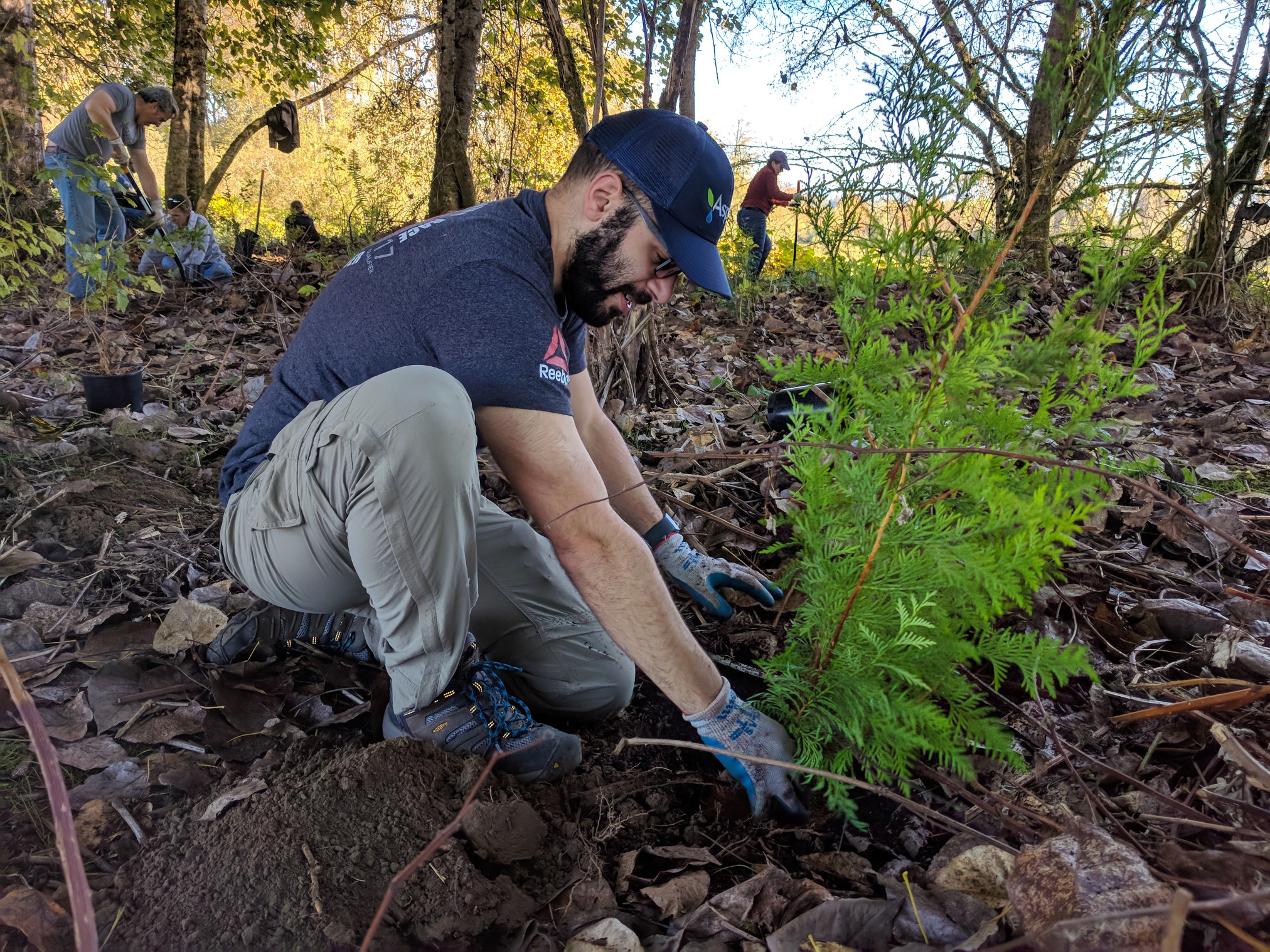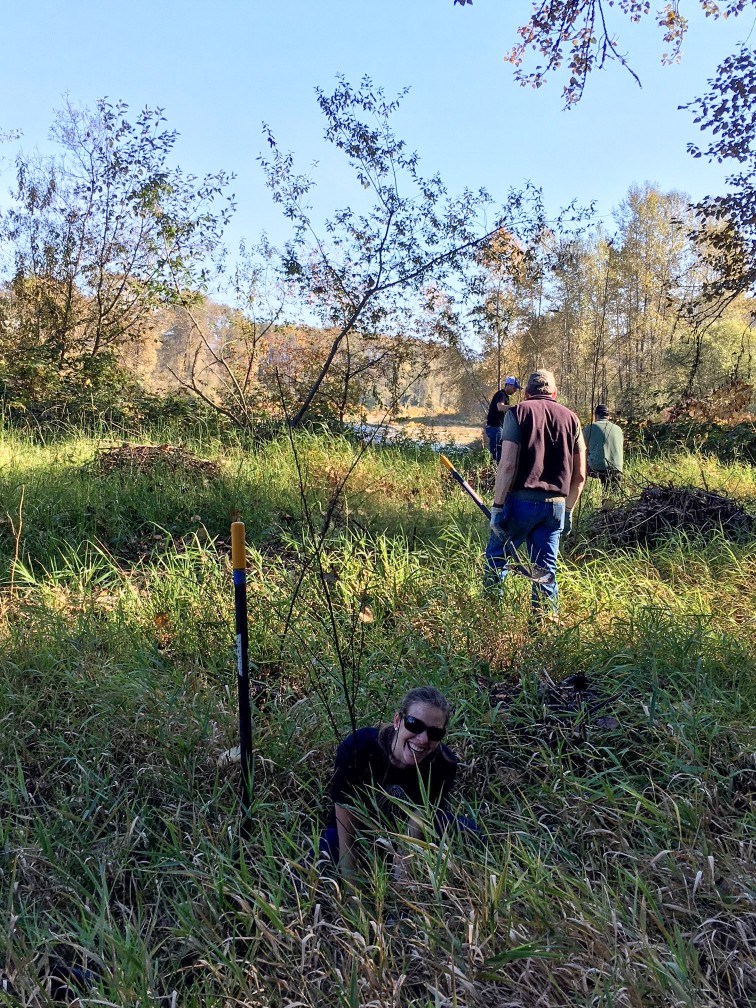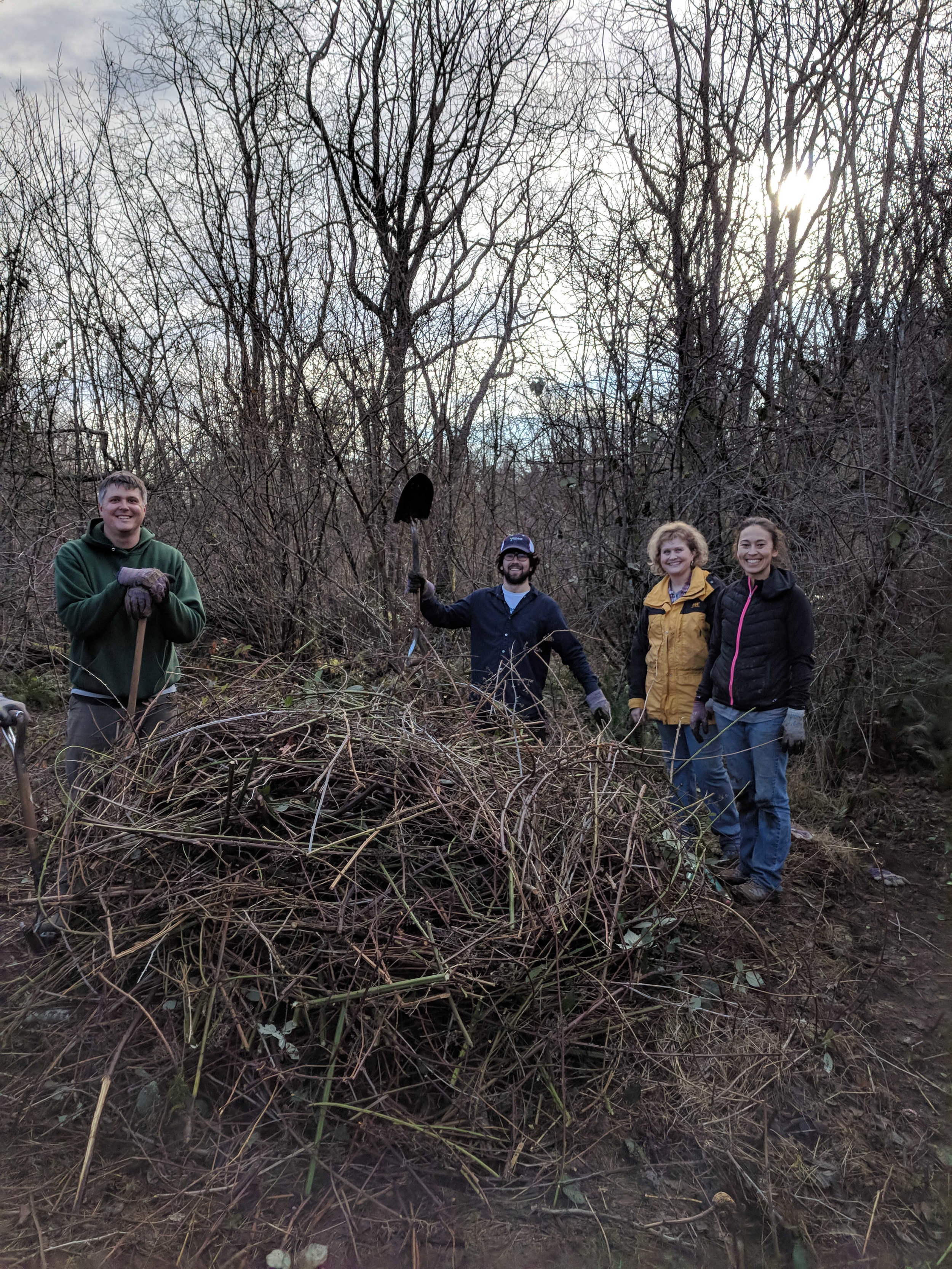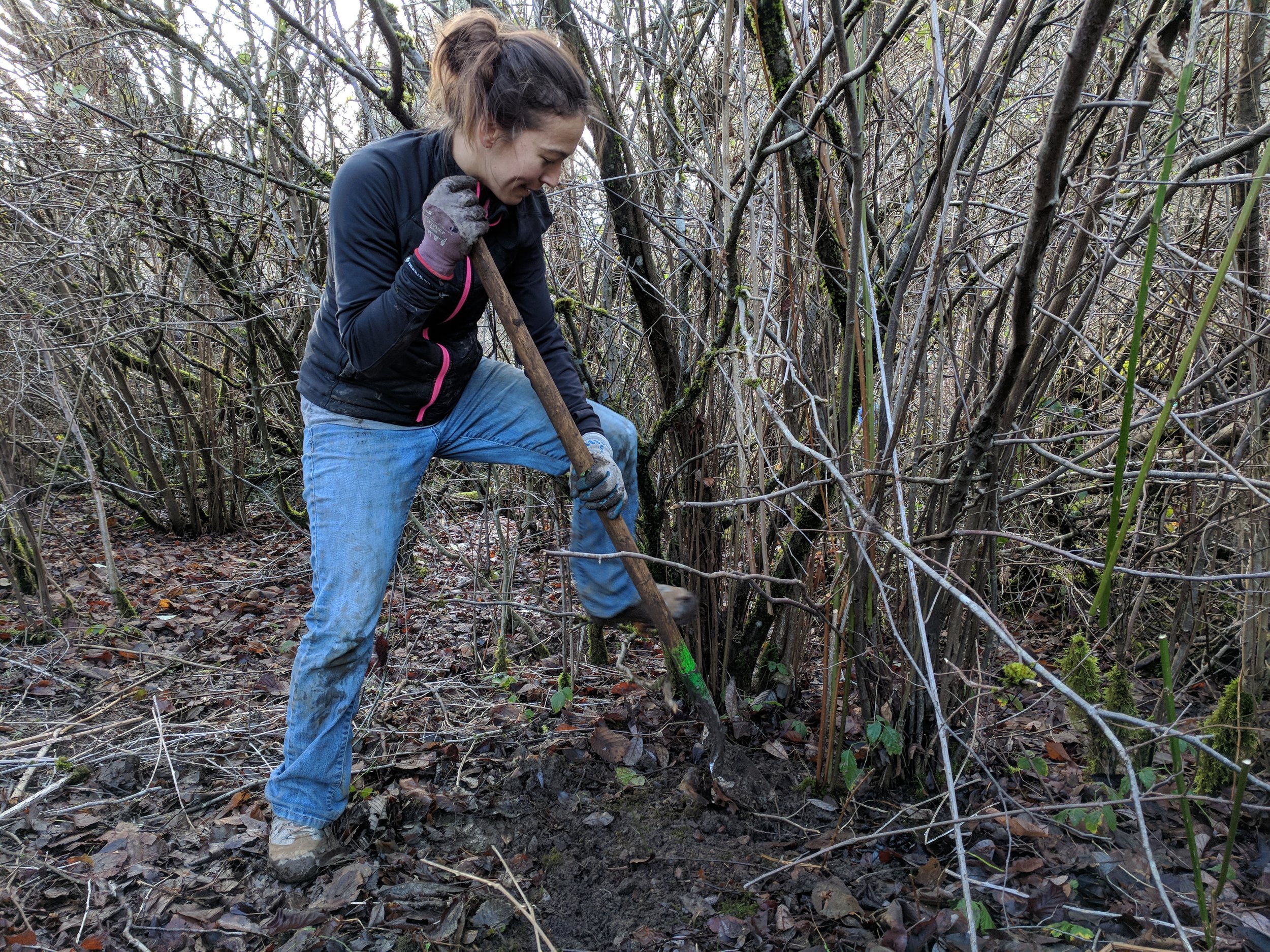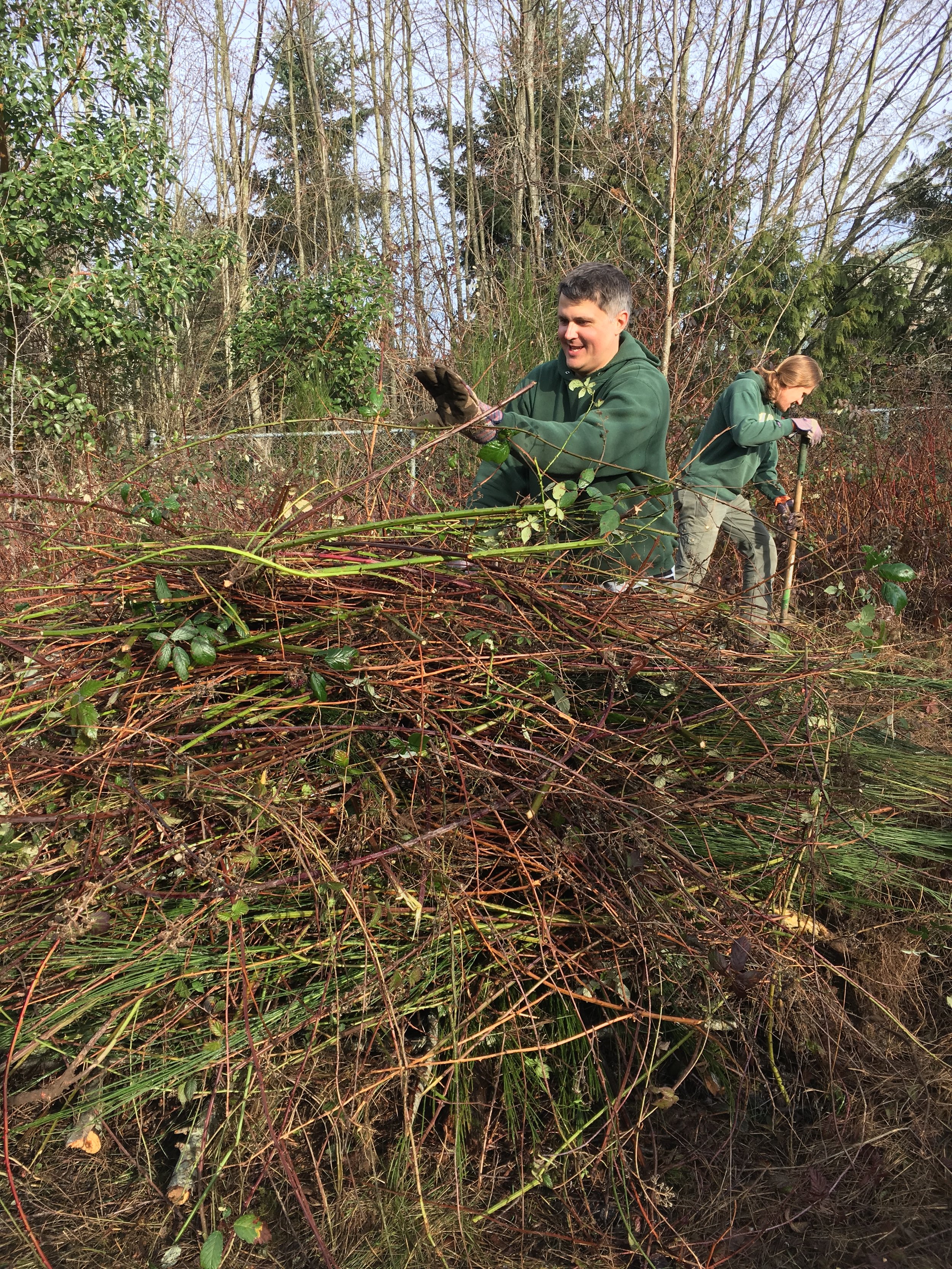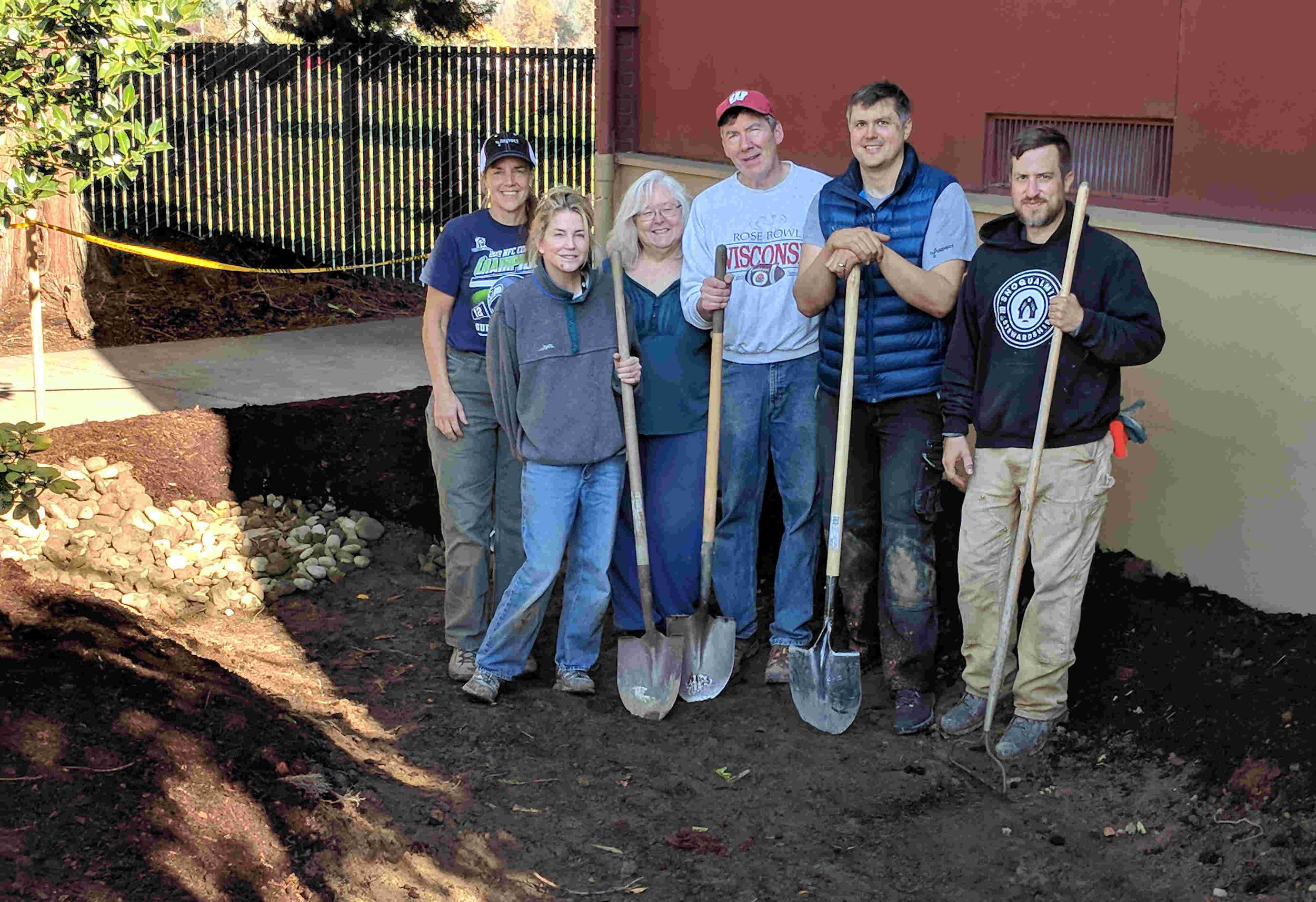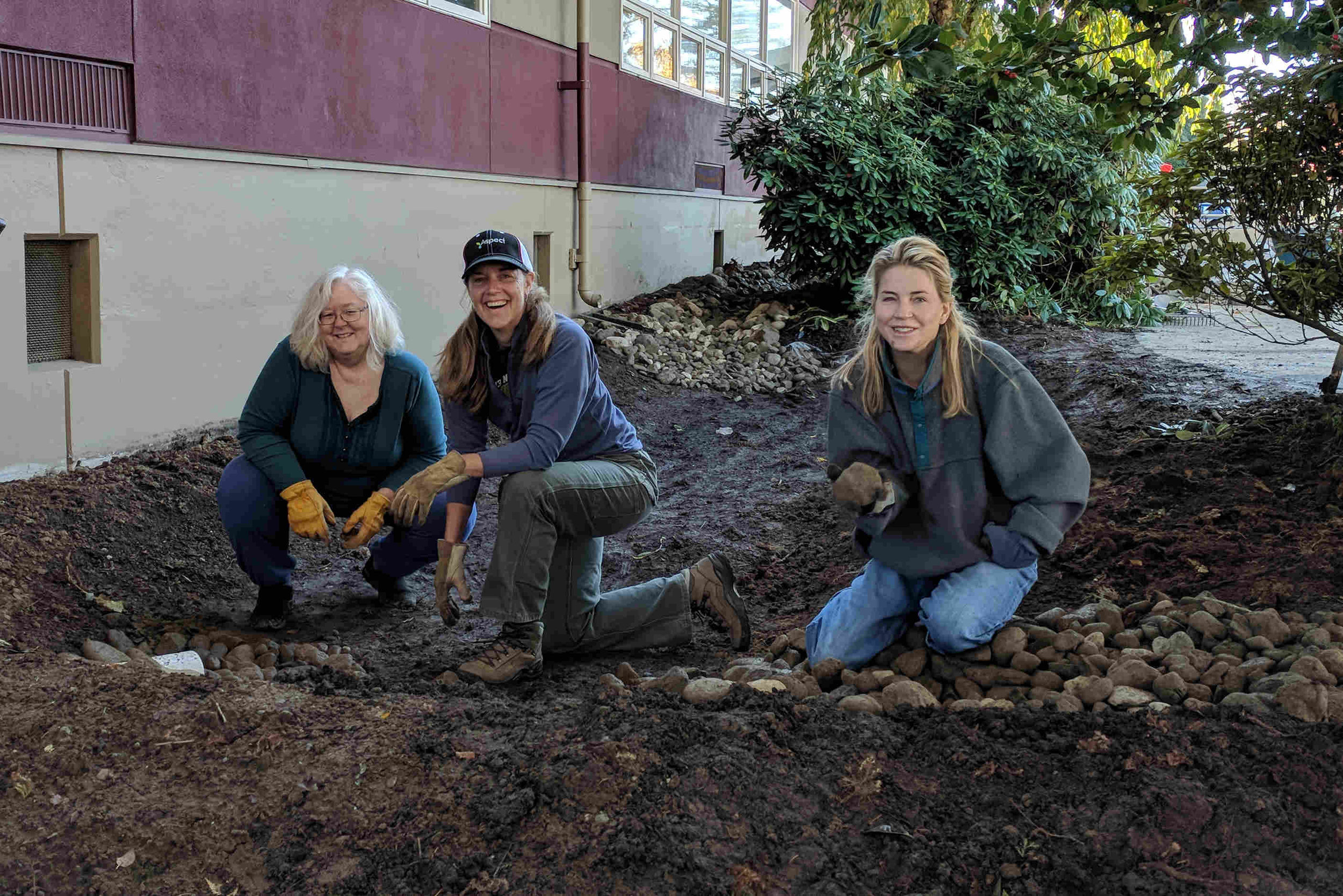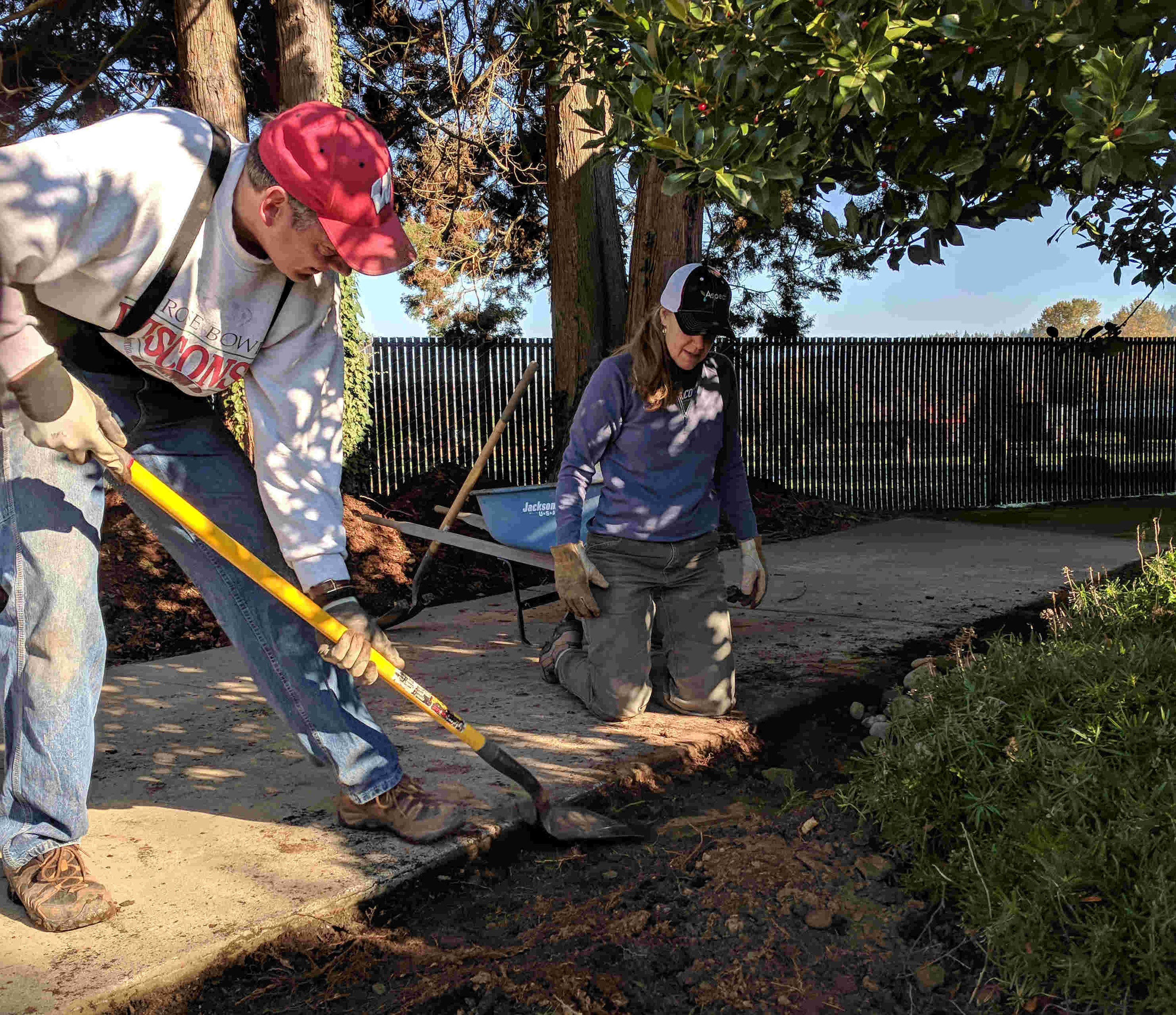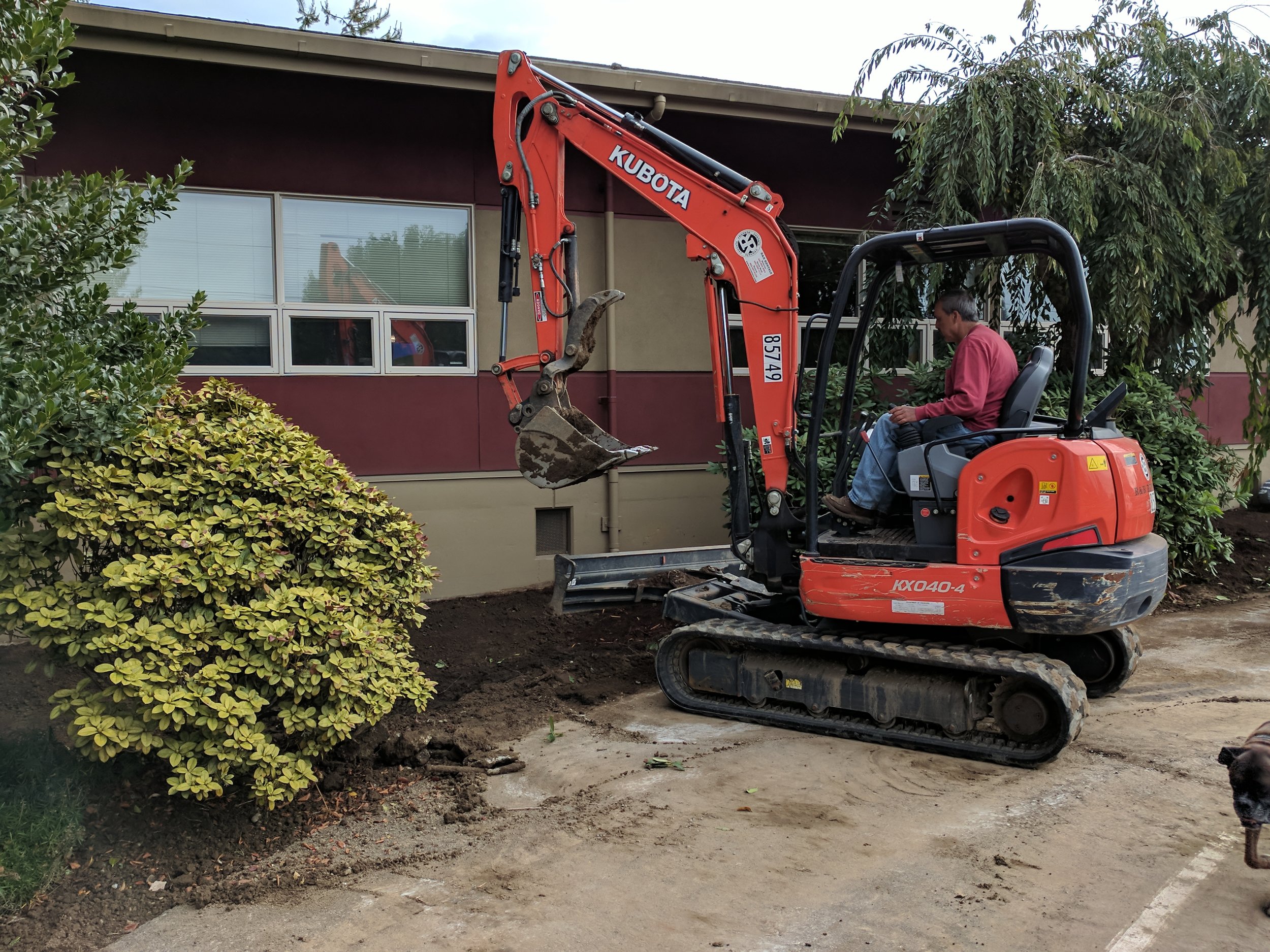We all work with a team. Our project and client and career successes rely on each other. Here are some stories where we put a spotlight on our peers that help us shine, as told by their colleagues. There are so many great tales like this and we’ll keep telling them in this ongoing series.
Daniel Babcock, Project Geologist
Shoutout by Jasmin Toro, Project Engineer
How does your colleague help you?
Daniel is one of the most positive young professionals at Aspect I’ve been around. He supports a variety of environmental cleanup projects and is now exploring new territories as the Environmental Health and Safety representative. This is a key role that keeps our staff safe and our projects on point. He is also learning the ins and outs of project management while remaining closely engaged with the environmental field staff group. Without him, it’s unlikely we would have as strong a commitment in the field staff team in our environmental group.
What do you appreciate the most about your coworker?
Daniel is an available shoulder to lean on. Even when he’s well beyond a full work week, he’s available to help. Daniel is always a pleasure to communicate with; is proud of his work; and happy to share his skills with others. He does exactly what Doug Hillman – a recently retired Aspect owner – encourages us all to do: “Empower Others.”
Any other ways they stand out to you?
Across many projects this year – whether sampling a well or being patient with a hurried call from field staff or a client – Daniel leans into the unknown and embraces it. He’s fearless and wears many hats and wears them very well.
Carla Hanafee, Contract Specialist
Shoutout by Owen Reese, Principal Water Resources Engineer
How did your colleague help you?
Carla is a true specialist in one of my least favorite parts of project management – evaluating and negotiating contract terms. We’re all excited to get going on a project, but first there’s the hurdle of insurance, and limitations on liability, and other contract terms.
All critically important, but not particularly fun (at least for me). Carla’s always there to help me through this phase thoughtfully and quickly.
What do you appreciate the most about your coworker?
I really appreciate the care and ownership Carla brings to the contracting process – she proactively works to propose solutions to sticky contract terms and follows up with clients to see those changes through.
How else do they stand out?
We consistently get workable contract language that’s fair to the client while protecting Aspect from undue risk – all because of Carla’s help in sorting through the details.
Jill Van Hulle, Sr. Associate Water Rights Specialist
Shoutout by Kelsey Mach, Project Geologist
Jill (on the left) and Kelsey (on the right) at MLK volunteer event in January 2022.
How did your colleague help you?
Jill is my sounding board and often second brain when it comes to water rights projects. It’s a regular occurrence that I say “Jill, I got a puzzler for you” and she always seems to have thoughtful and helpful insight to provide.
What do you appreciate the most about your coworker?
Jill is good at having my back. I appreciate the feedback but also the overall support and unwavering confidence in me and my abilities.
How else do they stand out?
Ultimately, she helps to not only make my work environment better, but also to make the quality of work we produce at Aspect better.








